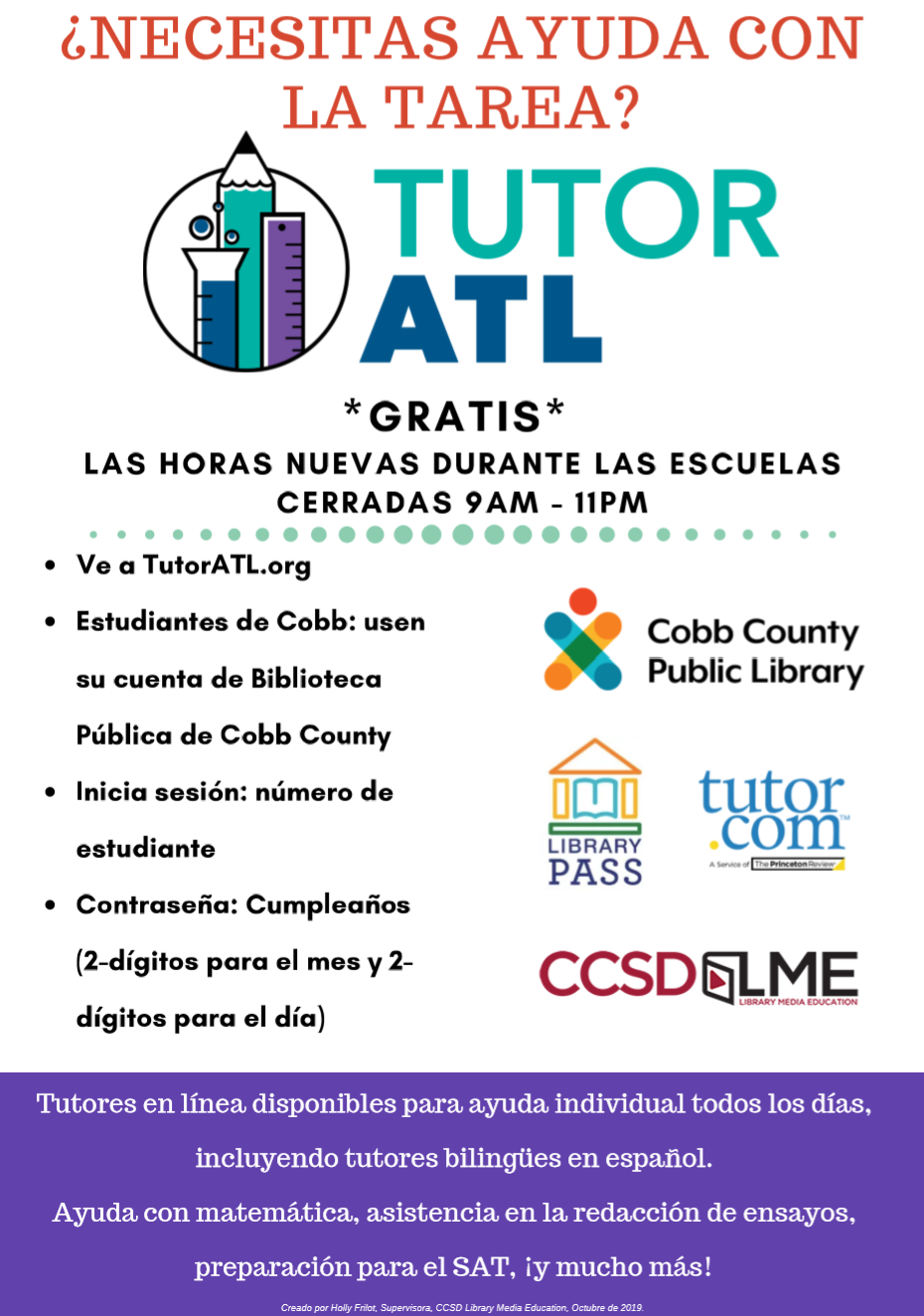Tips for Parents of English Learners
Here are some things you can do to support your students while they are learning at home:
• Set a regular time for them to do their schoolwork.
• Talk with them in your home language about what they are working on and learning.
• Describe how to do something, what a person looks like, or what something is in your home language. Have your child describe the same thing in English.
• Answer any questions that your child has in your home language or in English, whichever is most comfortable for you.
• Share family stories, explain how to do things, and give your opinion. Your child can write about your conversations in English.
• Help your child set goals for improving their speaking and writing in English by writing longer sentences or paragraphs and learning new vocabulary to use when talking.
Vocabulary Support
• Have your children practice their English when they are talking on the phone or on FaceTime. They can also
practice with family members or friends.• Label objects around your home and community with sticky notes in your home language and in English.
Reading Support
• Tell a story in your home language. Have them retell the story to you in your home language and tell you the
main idea or lesson of the story. Then ask them to try to write down what happened in the story in English.
include they key details and state the main lesson or idea. It’s ok if they just write words and phrases! They can
draw pictures of the story and label it in your home language and in English.• Read books or online articles with your children in your home language. They can summarize them for you in your home language, then write some sentences about what they learned in English.
Math Support
• Make flash cards for simple addition and subtraction problems and quiz them until they can solve them quickly.• Make flash cards and practice the multiplication facts that your child has been learning in school with your child.
• Have your child count common items around the house.
• Cut out shapes from paper (triangles, rectangles, squares, circles, rhombus, pentagon, hexagon, octagon, oval, trapezoid) and have them label each shape on the back and color the front or each shape. Have them tell you the name of the shape and its color in English. They can also tell you the number of sides and whether the sides are straight or curved.
• Have them draw a picture using different shapes and label the shapes in the picture.
Consejos para
Padres de Estudiantes Aprendices de ingles
Acá les
ofrecemos algunos consejos que ustedes pueden hacer para apoyar a sus
estudiantes mientras están aprendiendo en casa:
· Provee un lugar callado para que su
estudiante trabaje y estudie cada día.
· Establezca un horario regular para
que ellos hagan sus trabajos de la escuela.
· Hable con ellos en su idioma sobre lo
que están haciendo y aprendiendo.
· Describa como hacer algo, como se ve
una persona, o como es algo en tu idioma nativo. Haga que su estudiante
describa lo mismo en inglés.
· Responda cualquier pregunta que su
estudiante tenga ya sea en su idioma nativo o en inglés, cualquiera que le sea
más cómodo a usted.
· Comparta historias familiares, explíqueles
como hacer las cosas, y de su opinión. Haga que su niño escriba en ingles sobre
su conversación.
·
Ayude
a su niño a establecer metas para mejorar su habilidad de hablar y escribir en
ingles escribiendo oraciones largas o párrafos y usando vocabulario nuevo al
hablar.
Apoyo para Vocabulario
·
Haga
que sus niños practiquen ingles cuando hablan por teléfono o están en FaceTime.
También pueden practicar con miembros de la familia o amistades.
·
Etiquete
objetos alrededor de la casa y la comunidad en su idioma nativo y en inglés. Use
los “sticky notes” o papelitos que se pegan.
Apoyo
para Lectura
· Cuente una historia en su idioma
nativo. Haga que ellos le vuelvan a contar la historia a usted en su idioma y
que le platiquen sobre la idea principal o la lección que aprendieron de la
historia. Luego, trate de que escriban
en ingles lo que paso en la historia incluyendo detalles importantes y
considerando la idea principal de la historia. Esta bien si solo escriben palabras y frases! Pueden hacer dibujos de la historia y
etiquetarlos en inglés y español.
·
Lea
libros o artículos en línea con sus niños en su idioma nativo. Ellos pueden
resumirlo para ustedes en su idioma nativo, luego escriba algunas oraciones
sobre lo que aprendieron en inglés.
Apoyo
para Matematicas
· Haga tarjetas (flash cards) para
problemas de sumas y restas simples y pregúnteles hasta que puedan resolverlas
fácilmente.
· Haga tarjetas (flash cards) y practique
con su niño la tabla de multiplicar que el/ella ha estado aprendiendo en la
clase.
· Haga que su niño cuente cosas
alrededor de la casa.
· En un papel corte figuras geométricas
(triángulos, rectángulos, cuadrados, círculos, rombos, pentágono, hexágono, octágono,
oval, trapezoide) y que ellos nombren cada figura atrás y coloreen la figura
geométrica. Haga que le diga a usted en
ingles el nombre de cada figura y el color. También pueden decirle cuantos
lados tiene y si los lados son derechos o curvos.
· Haga que dibujen algo usando cada
figura y que apunten el nombre de la figura.

